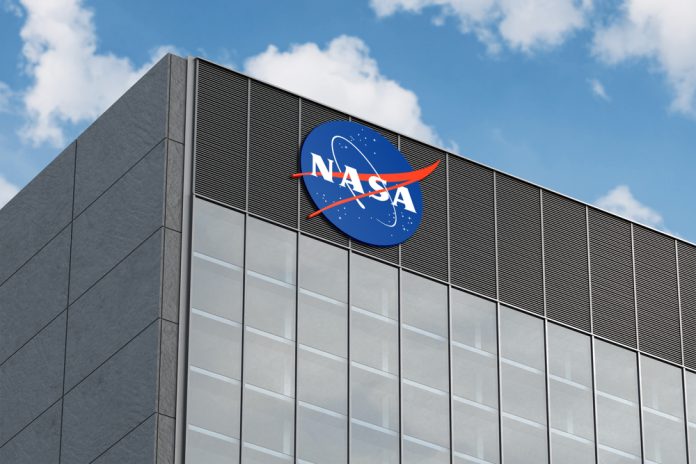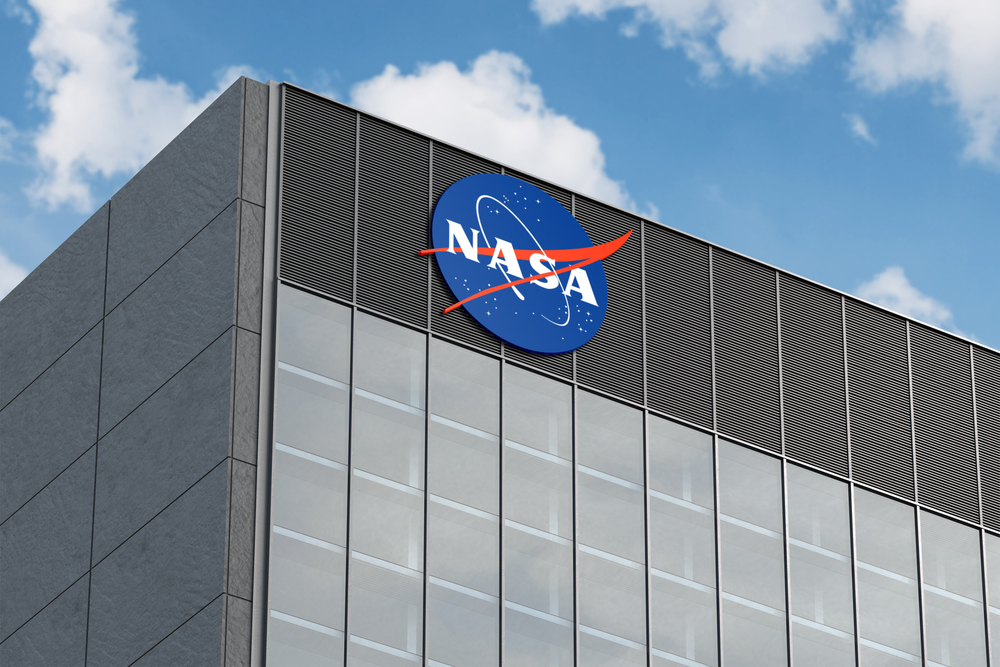
If relocating home was stressful, just imagine moving a 122-foot-long, 78-foot-wide national symbol across state borders while Congress, the Smithsonian, and NASA all fight for the keys.

1. The Institutional Crossfire
Space Shuttle Discovery’s potential relocation from the Smithsonian’s Steven F. Udvar-Hazy Center to Houston’s Johnson Space Center is more than a straightforward transfer; it is a high-stakes institutional and legal standoff. The Smithsonian Institution claims it owns “all rights, title, interest, and ownership” of Discovery, a stance based on a 2012 transfer from NASA and supported by decades of precedent. “Collecting and preserving objects like Space Shuttle Orbiter Discovery are integral to the National Air and Space Museum’s mission and core responsibility as a research institution and repository of the national air and space collection,” a Smithsonian spokesman said.
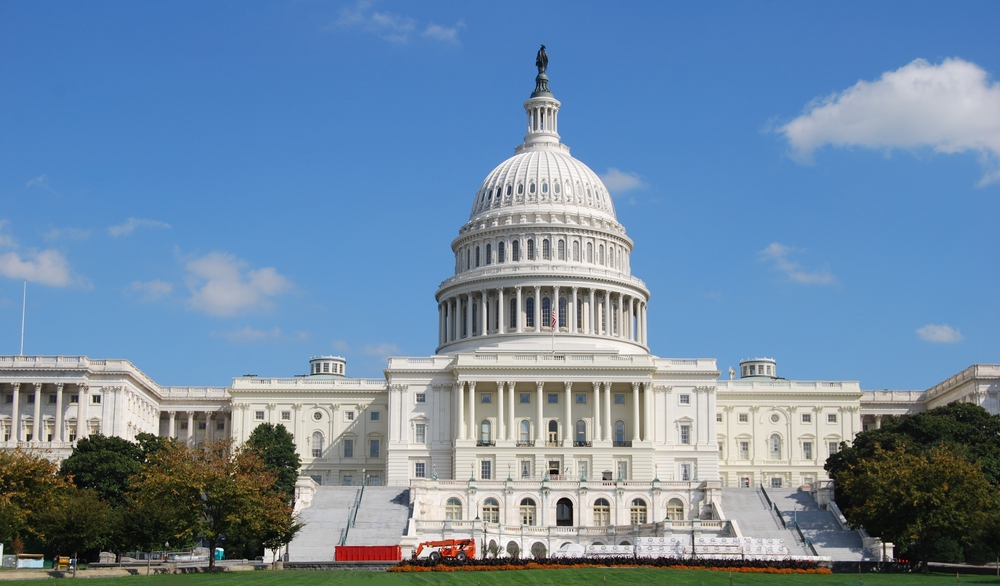
Congress, in turn, uses its budget might, inserting a provision into the so-called “big beautiful bill” that requires the delivery of a “space vehicle” having flown through space and hosting astronauts aboard, with the NASA Administrator to choose the artifact within 30 days of bill signing. The Congressional Research Service, on the other hand, raises doubts about the legality of doing so, citing, “The ability of NASA to designate space vehicles displayed or owned by non-NASA entities for transfer is unknown.” The Smithsonian’s singular trust instrumentality status, being separate from federal agencies, further confuses the issue, with its Board of Regents and legal team set to fight any forced relocation.

2. Financial and Logistical Feasibility: A $300 Million Conundrum
At the center of controversy is a gaping difference between estimated prices. The “big beautiful bill” allocates $85 million for the relocation, with at least $5 million for transit. But the Smithsonian puts transport alone at $50–$55 million, and another $325 million for a new exhibit building. “Taking Discovery out of the Udvar-Hazy Center and shipping it to another location would be extremely complicated and costly and most likely cause irreparable harm to the shuttle and its components,” the Smithsonian warns. A private shipping company, on the other hand, estimates the relocation can be done for as low as $8 million, but those estimates do not include the advanced preparation, environmental controls, and expert handling that such a vehicle of Discovery’s age and delicacy will need. The Congressional Research Service reports, “cost estimates can vary widely based on what’s included, such as preparation, potential disassembly, support facilities, or physical transportation.” The difference between the $85 million appropriation and the Smithsonian’s $380 million estimate reflects the sophistication of the operation.
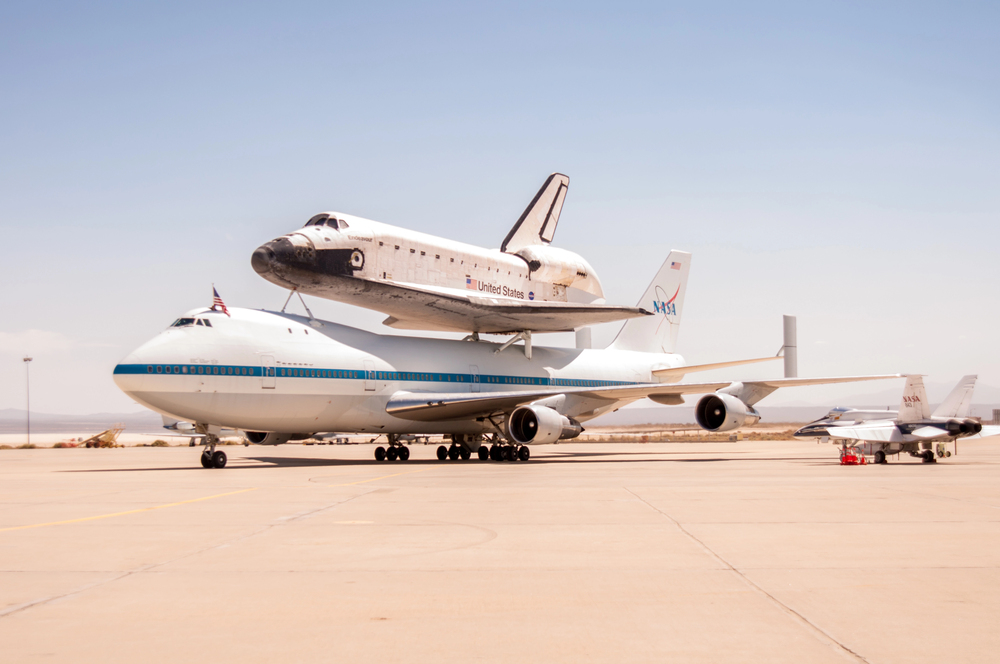
3. Engineering the Impossible: Shuttle Transport Challenges
It is not simply a question of rolling a space shuttle onto a flatbed. During the shuttle program, NASA used two specially adapted Boeing 747s and enormous Mate-Demate Devices to transport orbiters around the nation. Both planes are now retired, and the bespoke infrastructure at Kennedy Space Center and Armstrong Flight Research Center was demolished in 2014. Other means, like barge transport, would need a completely enclosed, climate-controlled structure to protect Discovery from the elements over a multi-state trip, followed by a precisely planned road tour through metropolitan infrastructure. The legacy of Endeavour’s 2012 relocation to Los Angeles, which necessitated the removal of 400 trees and major street renovations, hangs in the balance. Decommissioning is technologically feasible but riddled with danger: “Space Shuttles were never designed to be disassembled and reassembled in this manner, and the risk of permanent damage would be high,” quoting engineering specialists in the Congressional report. The orbiter’s age and status necessitate preservation requirements beyond standard museum transportation protocol.
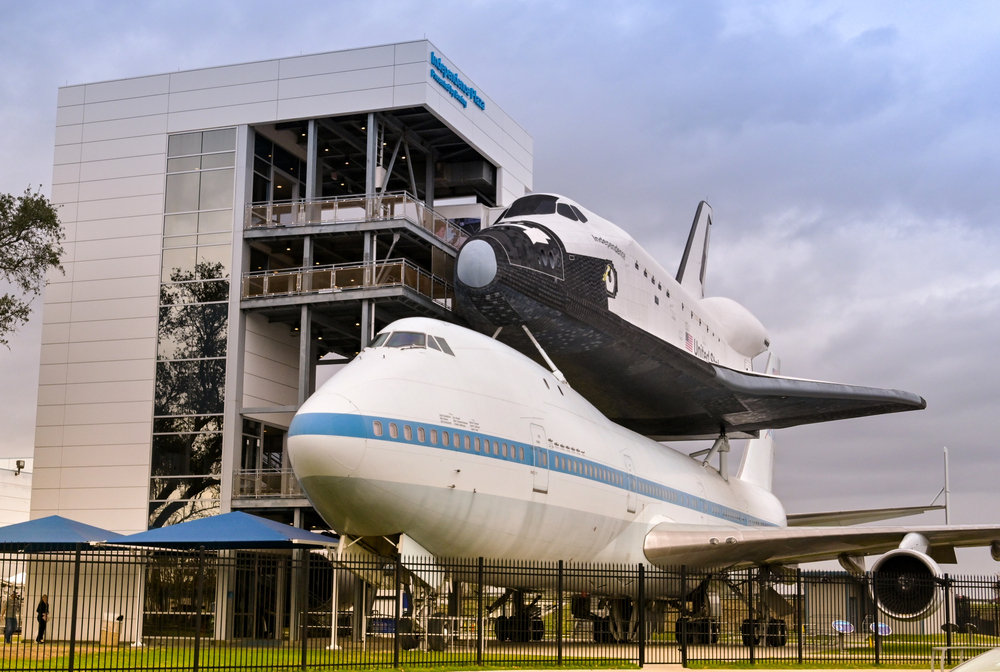
4. Conservation and Restoration: It’s More Than a Move
Discovery is more than a massive artifact; it’s a composite of fragile materials, deteriorating composites, and historically meaningful components. The Smithsonian utilizes “world-class preservation and conservation techniques,” and relocation would necessitate duplicating NASA’s initial transportation protocols, such as controlled humidity, vibration isolation, and protection from UV light. “The orbiter is a delicate piece and needs to be handled to the standards and equipment that NASA used in transporting it initially, which is above the standard museum transport procedures,” the Smithsonian points out. Down processing decontamination of dangerous residues and sensitive parts was a slow process prior to Discovery’s delivery to the Smithsonian in 2012, and would have to be replicated in reverse for any relocation, with the possibility of irreversible loss of historical integrity.”

5. Legislative Implementation and Options: Beating the Clock
The legislative terminology in the “big beautiful bill” establishes a strict timeline: within 30 days of enactment, NASA’s interim administrator and the U.S. Secretary of Transportation must identify a qualifying spacecraft, and have the transfer completed within 18 months. However, the language of the bill does not mention Discovery by name, leaving the possibility open for alternatives two other retired shuttles and some other vehicles on private or public display. The Congressional report brings to light the fact that the bill “does not explicitly prohibit vehicles in private possession from being transferred.” Legislative deadlines are looming, and committee votes are at a standstill, with the process still shrouded in doubt.

6. Precedent and Policy: The Stakes for Museum Professionals
The forced relocation of Discovery would establish a deep precedent for federal collections. “It is unprecedented for Congress to command the removal of an object from the Smithsonian collections and transfer it elsewhere,” Rep. Joseph D. Morelle cautioned. Museum professionals and champions contend that doing so would undermine the Smithsonian’s status as a national steward of heritage, paving the way for future political interference. Joe Stief, founder of the KeepTheShuttle advocacy group, cautioned, “If two senators can, frankly, pilfer a space shuttle for their home state by sneaking an amendment into a budget bill, well, that really sets an alarming precedent where other elected officials, either party from any state, could do similar things in the future.”
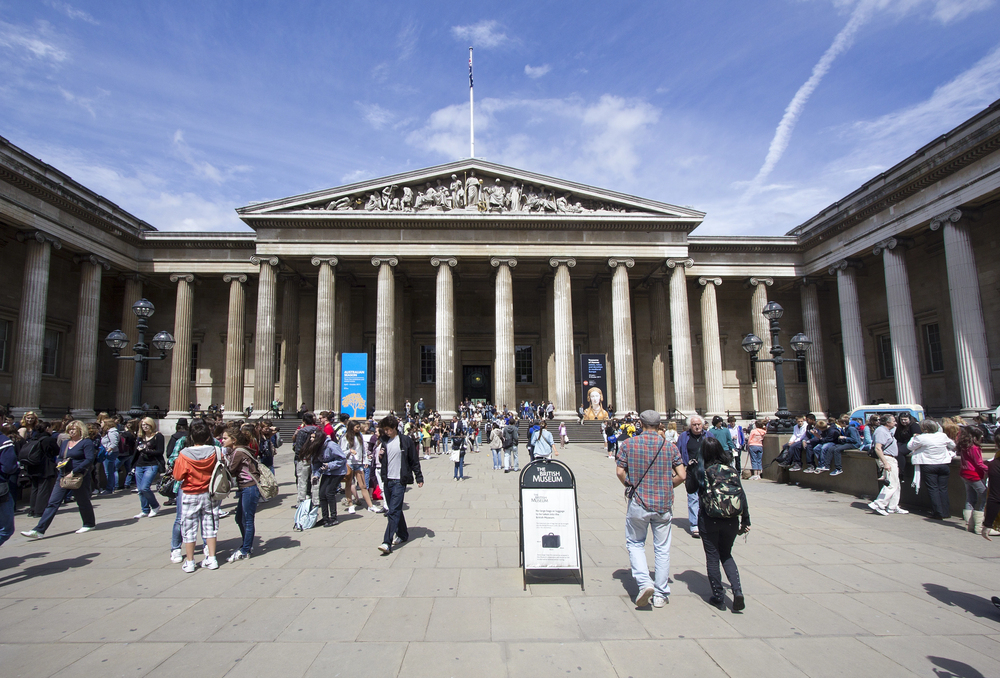
7. Artifact Selection Criteria and the Politics of Space Heritage
NASA’s initial shuttle retirement plan depended upon an open, criteria-driven process: facilities were assessed for their potential to offer public access, suitable facilities, and long-term care. The 2011 choice was audited by the Office of Inspector General, which concluded “no evidence that the White House, politics, or any other outside force improperly influenced the selection decision.” The Udvar-Hazy Center at the Smithsonian was selected for Discovery due to its ability to accommodate millions of visitors and its proficiency in aerospace conservation. The recent legislative initiative, on the other hand, has reopened debates about regional entitlement, historical association, and the political role in artifact stewardship. While the NASA Authorization Act of 2010 did give preference to sites with a historical connection to shuttle activities, ultimately, the choice came down hardest on public access and preservation ability.

The Debate over the relocation of Discovery is ultimately a challenge of how America reconciles technological heritage, stewardship of institutions, and political will, each with the pull of a sturdy rocket booster, if not always in synchronized motion.
